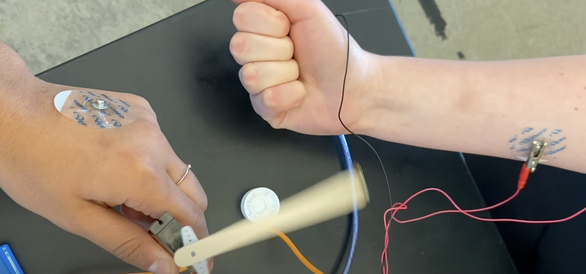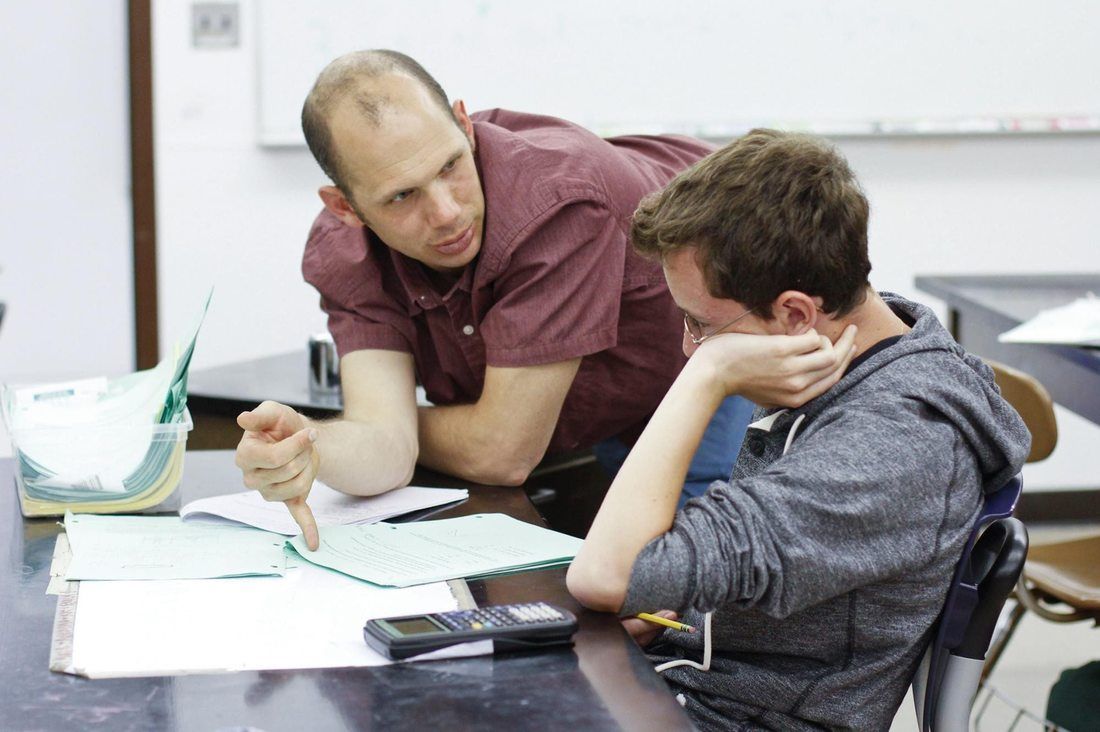|
|
|
This lab activity takes students on a unique journey through the world of neuroscience and engineering to explore the complex nature of Parkinson's Disease. Students will simulate the motor symptoms of Parkinson's Disease firsthand by experiencing disruptions in motor control aimed to foster empathy for those living with the condition. Integrating biochemistry, neuroscience, and engineering principles, this lesson is a powerful tool for inspiring the next generation of scientists and empathetic individuals. Click here for access to all lesson resources.
The more I teach students in my Biochemistry class about the intricacies of Protein Folding, the more certain I become that it is a perfect learning medium for uniting various disciplines. From protein translation in biology, to intermolecular forces in chemistry, to applications of AI in computer science, developing an appreciation for the structure-function relationship in biology via investigating the elegant nature of how proteins fold is a powerful way to unite STEM disciplines. Below are a few activities I am currently using with my students in chemistry, biology, and engineering courses.
Recently I have been exploring ways of using ChatGPT and p5.js together to create animations formy physics and chemistry classes. Below is my first attempt at generating a code for a bouncing ball in ChatGPT then using p5.js to model the code. In the future I would like to generate position, velocity, and acceleration vs. time graphs within the animation, as well as develop methods for modeling ideal gas behavior. So much potential. Stay tuned! |
Categories
All
Archives
March 2024
|


 RSS Feed
RSS Feed